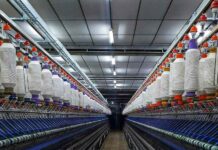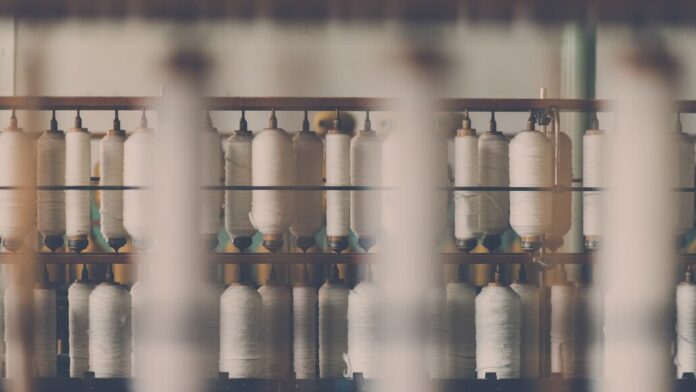The Bangladesh textile sector is currently contending with a surge of low-cost Indian yarn, a consequence of high U.S. tariffs imposed on Indian textiles. This influx is placing significant stress on domestic spinning mills and causing disruptions within the market.
The original expectation was that these U.S. tariffs would create favorable export conditions for Bangladesh. However, the reality is starkly different. Producing a kilogram of yarn in Bangladesh costs around $3, whereas the same quantity can be imported from India for approximately $2.60 via sea. This price difference intensifies the competition for local manufacturers.
Adding to the complications, reports have surfaced indicating that some importers are misusing bonded warehouse privileges to bring foreign yarn into Bangladesh duty-free, which they then sell in the local market. This practice further skews pricing and negatively affects domestic textile manufacturers.
In recent years, the Bangladesh textile sector has faced numerous adversities, including political uncertainty, economic slowdowns, gas shortages, high interest rates, and currency instability. These factors have compelled many small and medium-sized spinning mills to reduce operations or even halt production altogether.
According to data from the Dhaka Stock Exchange (DSE), while a handful of larger firms have managed to sustain growth, the overall Bangladesh textile sector is still experiencing considerable stress. Currently, there are fifty-eight textile companies listed on the exchange.
The Bangladesh Textile Mills Association (BTMA) reports that manufacturers who once enjoyed a 3-4% incentive for using locally produced yarn are now receiving just a 1% incentive. This reduction has led numerous exporters to opt for more affordable Indian yarn imports instead.
Spinning mills, which frequently rely on financing from banks, are now grappling with high interest rates and a lack of available capital. Many have defaulted on their loans, and several have closed their doors, while even more robust firms find their competitiveness waning.
Despite these hurdles, some companies within the Bangladesh textile sector have managed to post improved performance for the fiscal year 2024-25 (FY25) compared to the previous year, indicating a flicker of resilience amid ongoing challenges.


































